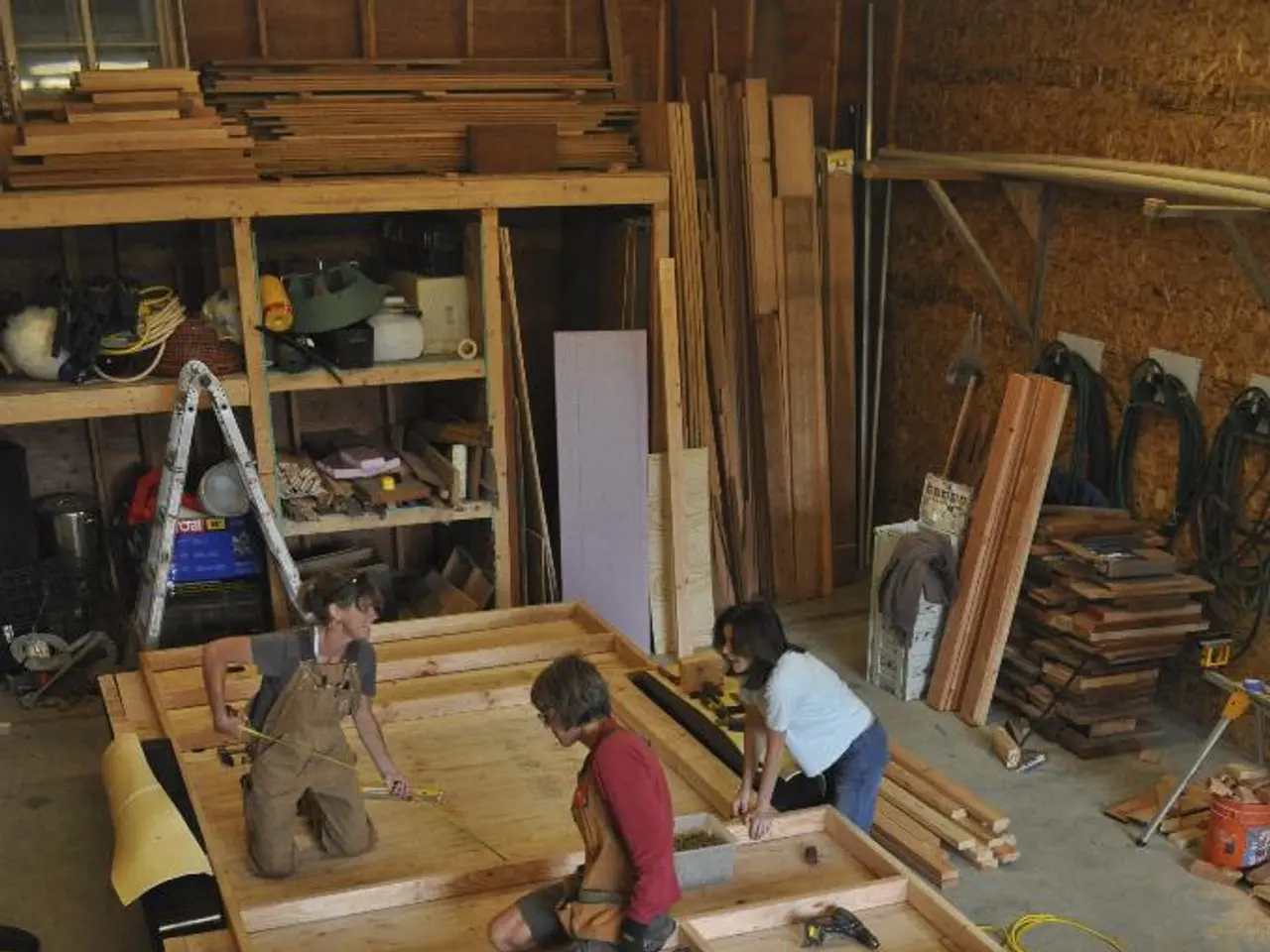Bonsai Maintenance Workshops: Participate, Learn, and Gain Mastery from Experts
For beginners embarking on the captivating world of bonsai, tool maintenance workshops offer a golden opportunity to learn from experts and gain essential skills and confidence. These workshops provide hands-on guidance, immersing participants in the art form and tapping into the collective wisdom of the bonsai community.
In the realm of bonsai, enthusiasts aim to harmonise nature and coax life from shoots, guiding branches towards artistic expression. This delicate craft requires a deep understanding of tree species, climate, and technique, as well as mastery of specialized tools.
Essential Tool Maintenance Practices
To maintain peak performance and an extended lifespan for bonsai tools, it is crucial to store them in a dry place, away from direct sunlight. Consider using a rust-inhibiting coating, silica gel packets, or a dehumidifying container to prevent rust.
Household items can be used to clean bonsai tools in a pinch, but gentle soap and water or specialized cleaning solutions are recommended for optimal performance and longevity. Maintaining a sharp cutting edge by regular honing with suitable sharpening stones or tools is also essential.
The ideal frequency for sharpening bonsai scissors is every 1-3 months or when noticeable dulling occurs. Advanced techniques and practices for bonsai tool maintenance include using high-quality steels like high-speed steel (HSS) for better edge retention and rust resistance, carefully choosing specific tools for different tasks, and regular sharpening with appropriate stones and techniques.
Advanced Tool Maintenance Strategies
Specifically, tools made from modern high-speed steels such as HAP-40, ZDP-189, M2, or M4 offer superior toughness, prolonged edge retention, and greater resistance to chipping and rust compared to traditional high-carbon steels. It is advisable to dedicate different sets of tools for different tasks, for example, using cheaper or more beat-up shears for root pruning and reserving finer, sharper scissors or pruners for trimming branches and twigs.
Bringing the right maintenance kit to bonsai workshops or practice sessions, including stone, oil, and cleaning cloth, allows immediate touch-ups and cleaning which preserve cutting quality and safety.
By combining these advanced approaches—selecting premium steels, proper tool-use assignment, attentive sharpening, and preventive maintenance—bonsai enthusiasts can keep their tools performing at the highest standards over many years.
Continuous Learning and Growth
Continuous learning and participation in workshops offer opportunities to refine techniques and expand knowledge. The harmony of bonsai cultivation is elevated through the symphony of expert guidance, hands-on practice, and communal learning. The gentle art of bonsai cultivation transcends the sphere of mere technique, entering the domain of serene, understated elegance.
In the pursuit of bonsai artistry, home-and-garden enthusiasts may find it essential to expand their tool maintenance knowledge, particularly as they delve deeper into the craft. Advanced strategies entail choosing modern high-speed steels for superior edge retention and rust resistance, dedicating different sets of tools for specific tasks, and diligent sharpening to ensure tool efficiency.
Gardening experts can further advance their lifestyle by attending workshops to refine their techniques and expand their knowledge, ultimately elevating the harmony of bonsai cultivation to new levels of understated elegance.




